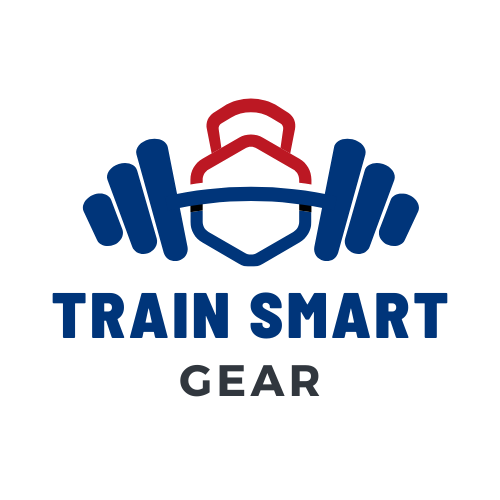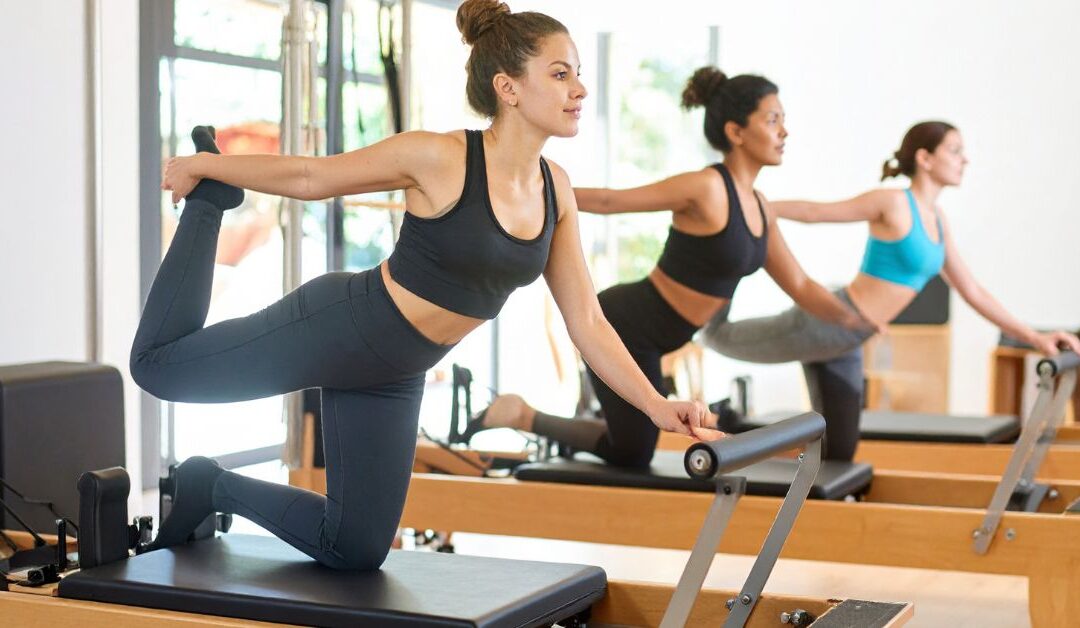When people think of strength, they often picture heavy weights or intense cardio. But true power and stability start from the inside out — in your core. Pilates & core training go beyond six-pack abs. They improve posture, stability, and functional movement, making every activity — from lifting weights to sitting at a desk — more efficient and pain-free. In this guide, we’ll explore the fundamentals of Pilates and core training in a step-by-step educational style to help you build lasting strength from within.
Why Focus on Core Strength?
Posture & Alignment
A strong core supports your spine, reduces back pain, and improves alignment. This is especially beneficial for those who spend long hours sitting.
Functional Fitness
Core stability enhances performance in sports, strength training, and everyday movements like bending, twisting, and carrying.
Balance & Stability
A well-trained core improves balance and reduces the risk of falls or injuries. Pilates, with its precise movements, emphasizes control and awareness.
Flexibility & Mobility
Many Pilates exercises pair strength with stretch, improving mobility while keeping joints safe.
Step-by-Step Core Training with Pilates Principles
Step 1: Engage Your Breath
Pilates begins with mindful breathing. Inhale through the nose, expanding your ribs. Exhale deeply, drawing your belly button toward your spine. This engagement forms the foundation of core activation.
Step 2: Master the Basics
Start with beginner Pilates moves:
- The Hundred: Lie on your back, legs lifted, arms pulsing by your sides as you inhale for 5 counts and exhale for 5.
- Pelvic Curl: Strengthens glutes and spine mobility.
- Single Leg Stretch: Challenges stability while engaging the entire core.
Step 3: Progress to Intermediate Training
Add resistance with bands or light weights from your home gym essentials. Incorporating props increases intensity while reinforcing stability.
Step 4: Integrate Functional Movements
Blend Pilates with everyday training:
- Planks with shoulder taps for balance & stability.
- Side-lying leg lifts target obliques.
- Rotational core drills for sports performance.
Step 5: Use Recovery Wisely
After core sessions, integrate recovery tools like foam rolling or stretching to prevent tightness.
How to Combine Pilates with Other Training
- Strength Training: Use core-focused Pilates on off-days to complement heavy lifting.
- Cardio Equipment: Add a short Pilates mat session post-cardio for cooling down.
- Yoga & Mindful Movement: Pair Pilates with yoga for balance between strength and relaxation.
- Portable Fitness: Use compact tools like resistance bands for on-the-go Pilates workouts.
Tips for Beginners
- Practice Pilates 2–3 times a week for consistency.
- Focus on the quality of movement over quantity of reps.
- Invest in a durable mat and props to support training.
- Explore new arrivals in Pilates gear — from reformer machines to portable accessories.
- Track your progress by noting improvements in posture and core strength over time.
Pilates & core training aren’t just about sculpted abs — they’re about unlocking deeper strength, stability, and mobility. By practicing step-by-step, you’ll see improvements in posture, balance, and overall functional fitness. Whether you’re enhancing sports performance, reducing stress, or building resilience, Pilates offers a smart, sustainable path to better movement.
Ready to strengthen from the inside out? Explore our related posts on Functional Fitness and Balance & Stability for more training insights.

